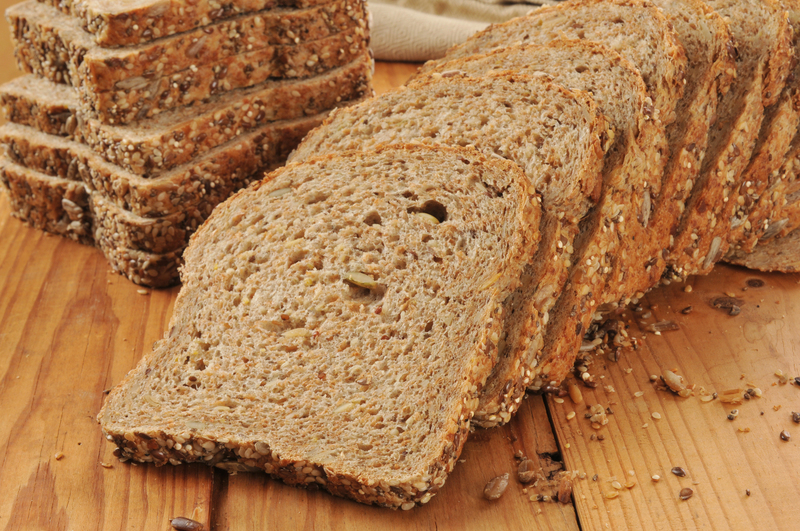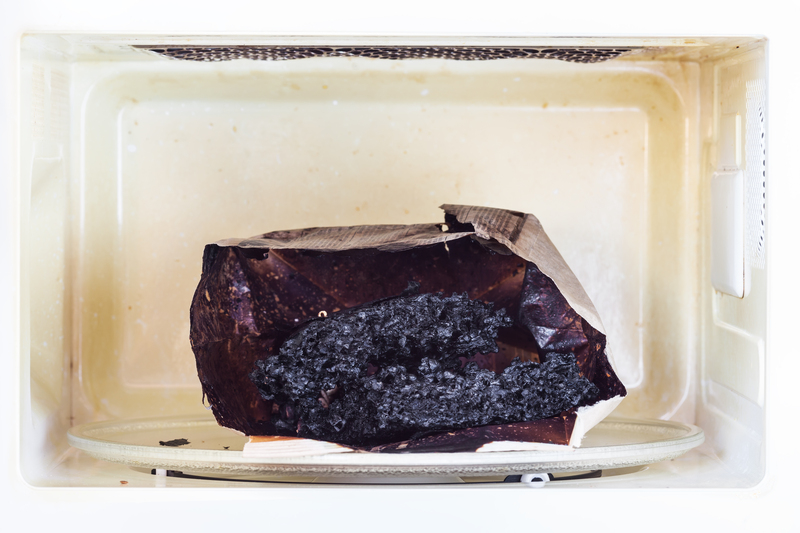Three Tips to Eliminate Dust Mites Indoors
Posted on 19/09/2025
Three Tips to Eliminate Dust Mites Indoors
Dust mites are tiny, microscopic creatures that thrive in environments with high humidity and warmth. Despite their minuscule size, they can cause significant problems for individuals suffering from allergies and asthma. Effectively eliminating dust mites can help create a healthier living space. Here are three tips to eliminate dust mites indoors.
1. Maintain Cleanliness and Reduce Clutter
Dust mites feed on dead skin cells and thrive in cluttered and dusty environments. Therefore, maintaining cleanliness in your home is crucial to reducing their population.
- Regularly Dust and Vacuum: Use a vacuum cleaner equipped with a HEPA filter to ensure that allergens and mites are captured efficiently. Regular vacuuming of carpets, rugs, and upholstery will help remove dust mites and their debris.
- Use Damp Cloths: Dusting with a dry cloth can often stir up dust and allergens, spreading them into the air. Instead, use a damp cloth to clean surfaces and trap dust more effectively.
- Declutter Your Home: A cluttered home provides ample hiding places for dust mites. By reducing the number of unnecessary items, you limit the surface area where dust can accumulate, making cleaning easier.

2. Control Indoor Humidity Levels
Dust mites thrive in humid environments. By controlling the humidity level in your home, you can create an inhospitable environment for them.
- Use a Dehumidifier: A dehumidifier can help maintain indoor humidity levels between 30-50%, which is unfavorable for dust mites. Place dehumidifiers in areas prone to high humidity, such as basements and bathrooms.
- Ensure Proper Ventilation: Proper ventilation can help reduce indoor humidity. Use exhaust fans in bathrooms and kitchens or open windows when the weather permits to allow air circulation.
- Fix Leaks Promptly: Leaks and water damage can increase humidity and provide ideal conditions for dust mites and mold growth. Make sure to repair any leaks or water damage immediately to prevent these issues.
3. Use Dust Mite-Proof Covers and Bedding
Beds are one of the most common habitats for dust mites due to the accumulation of skin cells and the warmth and humidity created by human bodies during sleep. Using dust mite-proof covers and maintaining clean bedding can significantly reduce dust mite populations.
- Encasing Mattresses and Pillows: Use dust mite-proof covers on mattresses, pillows, and box springs. These covers are made from tightly woven fabric that does not allow dust mites to pass through, thereby containing and reducing their population.
- Wash Bedding Regularly: Wash all bedding, including sheets, pillowcases, and blankets, in hot water at least once a week. Water temperatures of 130?F (54?C) or higher are effective in killing dust mites and removing allergens.
- Replace Old Bedding: Over time, mattresses and pillows can become breeding grounds for dust mites. Regularly replacing old bedding with new ones can help keep dust mite populations under control.

Additional Tips for Eliminating Dust Mites
While the three main tips discussed above can make a significant difference in controlling dust mites, incorporating additional preventive measures can further enhance your efforts.
- Use Hypoallergenic Materials: Opt for hypoallergenic mattress pads, pillows, and duvets that are less likely to harbor dust mites.
- Avoid Wall-to-Wall Carpeting: Carpets can trap dust mites, making it difficult to maintain a dust mite-free environment. If possible, use hardwood, tile, or linoleum flooring instead of wall-to-wall carpeting. Rugs can be used if they are easy to clean and are regularly maintained.
- Use HEPA Air Purifiers: Air purifiers equipped with HEPA filters can help remove airborne dust mites and allergens, improving overall air quality in your home.
Conclusion
Dust mites are a common indoor allergen that can cause significant discomfort for individuals with allergies and asthma. By implementing these three main tips--maintaining cleanliness and reducing clutter, controlling indoor humidity levels, and using dust mite-proof bedding--you can effectively reduce the presence of dust mites in your home. Additionally, incorporating supplementary tips will further safeguard your living space against these microscopic pests. With consistent effort and attention, you can create a healthier, allergen-free environment for you and your family.









